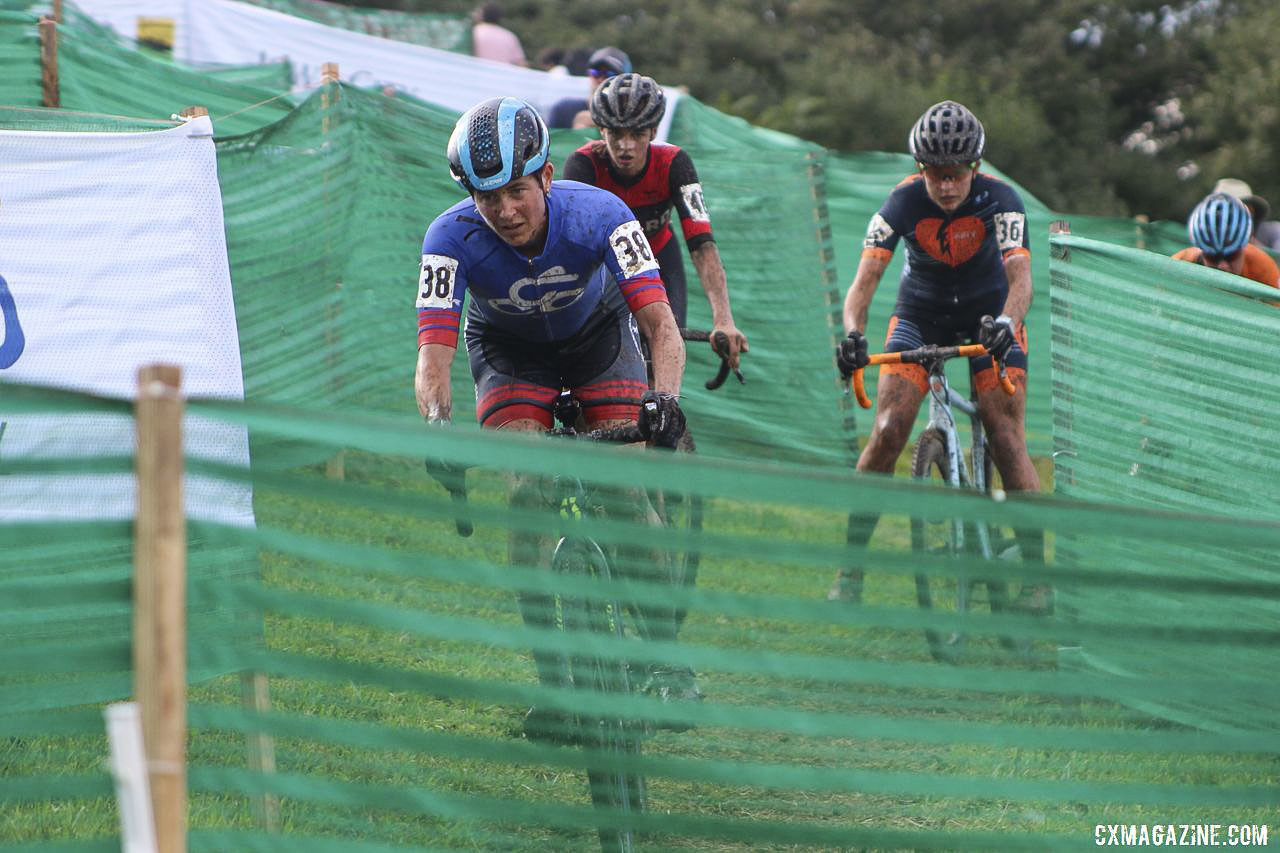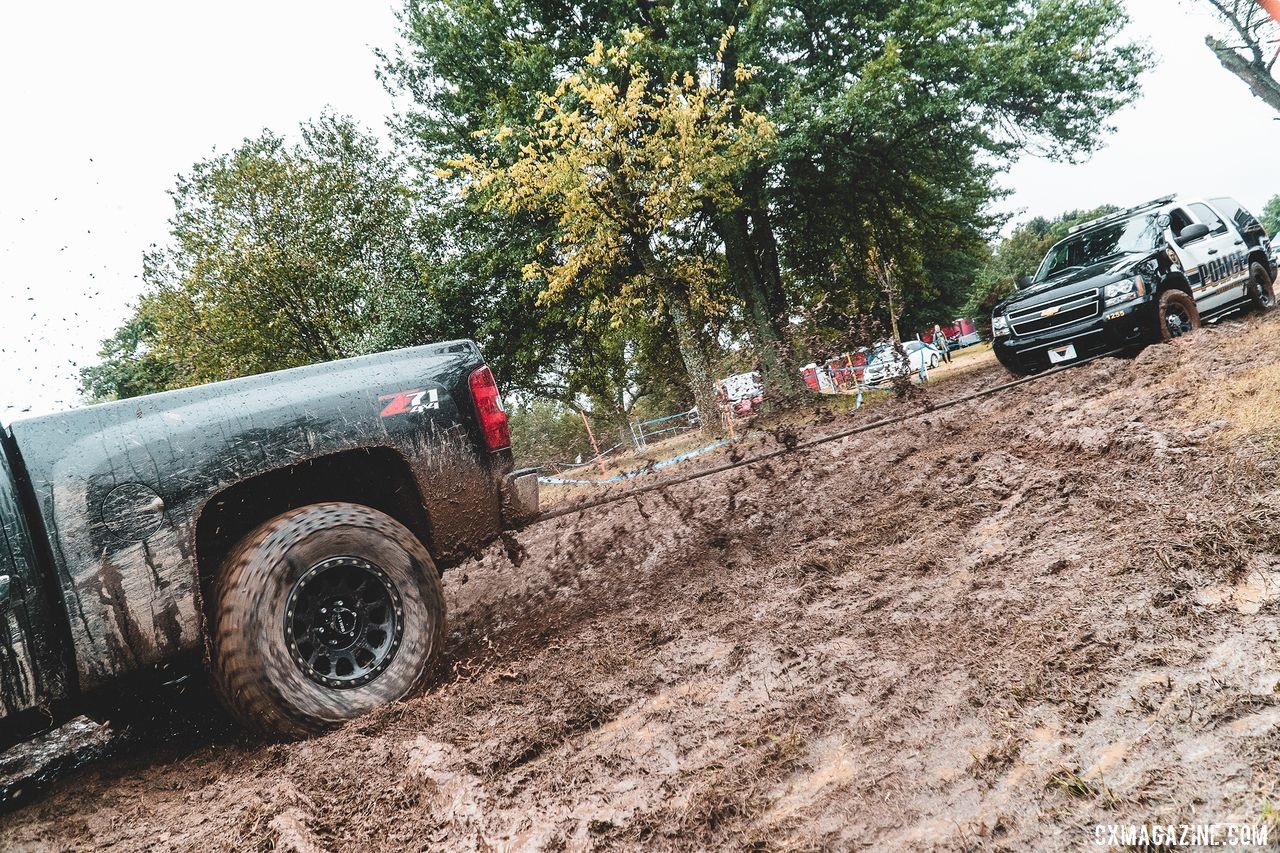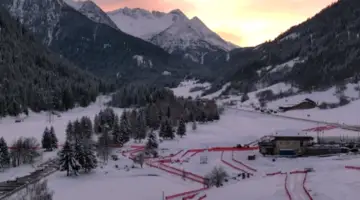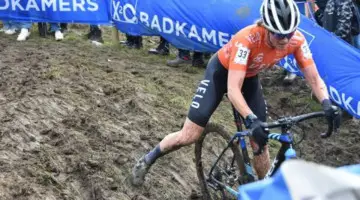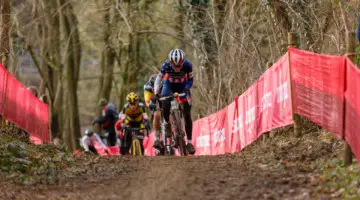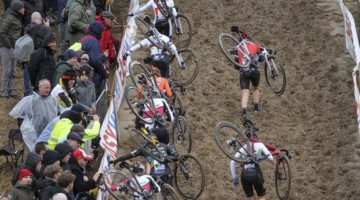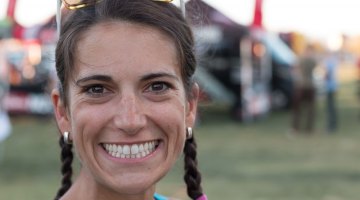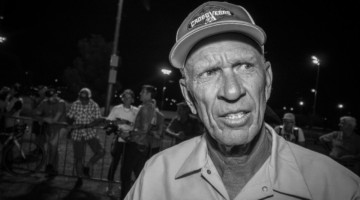It’s the final countdown. I left for Belgium today, October 15 (English), and arrive on 16 oktober (Dutch).
The final days here in America are like the night before Christmas. On one hand, I am the child who can’t possibly wait another moment for Christmas morning to arrive. On the other hand, I am the parent who finds herself hastily building toys, searching for batteries, and wrapping presents late into the night. This is to say, I am both excited and scrambling.
Preparing to be away from home for four and a half months is not the easiest process, especially when one’s life (including two bikes) needs to be shoved in only two bags. Fortunately, this year, I have “resupply” options, as my husband visits over Thanksgiving and I am back in the States (my mom’s house in Florida) for a January training block.
As far as training goes, I really have done everything I possibly could to prepare for Euro-style racing. There’s a lot of what I view as “Euro-specific physiology” that I’ve built, which I haven’t utilized much in the U.S.
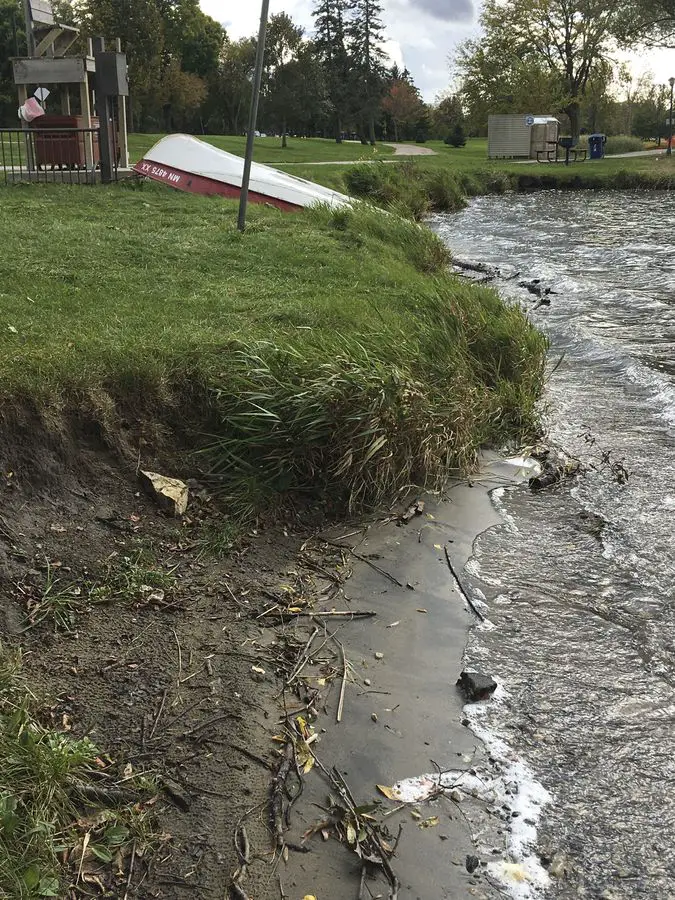
Coogan Cisek’s Euro training has included hopping lake-edge banks.
Most specifically, I am ready to do tens of accelerations per lap coming out of slow features. In my mind, Euro-cross is significantly more punctuated, as corners are much tighter and even the most boring “field cross” race has a myriad of features (ditches, flyovers, banks, run-ups) to ensure that a constant pace cannot be maintained. Flowy corners are not a “thing” in Europe.
I’m looking forward to life with sand and mud in my shoes.
Fear and Trepidation
I never hop on the plane to Europe clicking my heels with happy anticipation.
On the contrary, in the lead-up, I often wonder “Why am I filled with so many ‘great ideas.’” I mean, spending four and a half months away from home seems like a great idea when sitting in Belgium at the end of the season. It seems less so after seven months at home with my husband, dog, and my own couch with its cozy blanket.
Ironically, I am very much a homebody who does not relish travel. Flying, in and of itself, makes me anxious. Basically, I am somebody who loves something on the other side of the ocean but isn’t necessarily well-suited to travel.
The difference between this year and my first trip to Belgium is that this time I can acknowledge my fear. The first time, my mind was so blown with fear that I was merely existing on auto-pilot, crisis-mode.
It’s fair to say that this year’s arrival in Belgium will be much different than my first one.
That first time, I remember meeting my host family and being shown my room on a very cold, very dark day. It was overtired, hungry, and it was pouring a cold rain outside. In that moment, I did not think I could live there.
I vowed to myself that I’d go to the grocery and pick up supplies, but I wouldn’t buy more than I needed to last a few days. After a few days, I would re-evaluate. I mean, planes fly west just as readily as they fly east.
This time, I will be picked up at the airport by Cyclocross Custom mechanic and close friend Denis Dhondt. He is someone with whom I have spent many hours and shared many laughs. I know exactly where we will stop for coffee on the way to Oudenaarde. Once arriving in Oudenaarde, I can fly through the grocery knowing exactly which products to buy and feeling not at all embarrassed to stumble in Dutch.
Even though it tears at my heart to be away from my true home, I know I also have a home on the other side.
The Plan
Thinking about the trip as four and a half months and two continents is overwhelming. The big picture is that I will spend nearly three weeks in Belgium (and Switzerland), nearly two weeks in Great Britain, six weeks in Belgium, four weeks in Florida and four more weeks in Belgium. Are you tracking with me on this? Like I said: overwhelming.
It’s best to take things one thing at a time. I am focused on the first block in Belgium and Switzerland.
I am thrilled to have been selected to ride the Bern World Cup on October 20. I will arrive in Belgium on Wednesday, sort of settle in, and then Denis will drive us to Switzerland on Friday.
After the World Cup, we will return to Belgium and my home-away-from-home, The ChainStay. I will race Beringen, Superprestige Gavere, the Koppenbergcross DVV and Superprestige Ruddervorde before departing the Schengen region to stay with the Wymans in Great Britain for a bit.
FayetteCross
As my last race of the American season, I chose to attend FayetteCross.
Fayetteville is a 10-hour drive from Minneapolis, merely “een ogenblik” (a moment, literally: “a blink of the eye” in Dutch) for Americans, but a journey of pilgrimage standards for Belgians.
Despite Fayetteville being easily within “driving distance,” I had never been there. I was eager to visit this mountain biking mecca for the first time.
Equally, it was lovely to have a final road trip with my husband. Each year, just prior to my leaving for Europe, we’ve done a racing road trip together. (We went to the Indy UCI race the last two years). Extra time together before my long absence is especially enjoyable.
I think all of us riders were eager to get a first look at this future World Championships venue.
What we found was a very flat course, but a venue with plenty of potential. The venue is Centennial Park on Millsaps Mountain. I think I imagined the course in the shadow of a mountain, but in reality, one drives up a modest (yet steep) mountain to get to the park. This setup feels similar to the Valkenburg World Championships venue, where the start/finish was also on a flat atop a large sidehill.
I made the mistake of looking for Centennial Park on Google maps and could not find it. In retrospect, this makes sense as the park is “one of the newest additions for the Fayetteville Parks and Recreation system,” according to the race website. Likewise, the website explains that construction of the park and the World Championships course will begin in early 2020.
I will be eager to see the master site plan when it is revealed. I hope the course will weave up and down the mountain with the current course as the highpoint.
Saturday’s FayetteCross was what I termed “the last of summer ’cross.” Though cooler than Trek, which was cooler than Jingle, which was cooler than Roanoke, Saturday’s FayetteCross was still a hot one. As I prepared my ice sock, I vowed to myself that I would not pack nylons for Belgium and this would be the last ice sock I would make this year.
Just like the weather, the racing was hot and fast.
Due to the speed of the course, the field quickly separated into a number of packs with only a few riders solo between the groups. It was road-race-like, as we sought to hang within the draft of our group. Several times, I looked up to see a solo rider just a ways up the trail, yet I refused to leave a wheel and try to jump across. Like the other five riders in my group, I recognized that burning a match like that could result in my being dropped.
Eventually, I let a couple of small gaps happen in a series and got dropped with two to go. Like in a road race, falling off the group was like dropping anchor. My speed went way down as I time-trialed home.
A unique element of this fast course was its narrowness and tight corners. Most American courses exceed the UCI-standard minimum width of three meters. However, over the start of the first lap, FayetteCross gradually narrowed to the minimum and then maintained it throughout.
Accustomed to Europe’s, ahem, barely-minimum course widths, FayetteCross felt natural to me. Ironically, I felt better able (at least relative to others) to maintain my speed through the corners than I have on traditional, flowy American corners.
We were promised rain for Sunday and boy did it deliver. I awoke overnight to the sound of pouring rain. Could there be a sweeter sound to a mudder?
After the night’s rain, the day was a constant repetition of steady rain punctuated by short breaks in the weather. The course flooded and took on the feeling of a canoe race.
It was a true “tractor pull,” although the slowness was caused by standing water on the course rather than mud. In fact, one likely could have survived the race without pitting as the bike rarely got heavy, and when it did, there was always another puddle to wash it off. I pitted only because the pit lane was faster than the racing lane and it seemed wise to clean the drivetrain once per lap.
The first lap was chaos with water and mud in the eyes and riders crashing and/or getting caught up. Such racing is lots of fun! After lap one, we settled into a rhythm of going as hard as possible without making mistakes.
I am happy to report that I have removed the mud from within my bike. I brought home a particularly nice layer of Arkansas’ mud on my steerer tube. My bikes are back to race-ready in time for the trip across the ocean and to Bern.
Ironically, I went all the way to Arkansas and never so much as glimpsed a mountain bike trail. (Somehow these weekends become a lot of bike cleaning and kit cleaning punctuated by racing.) However, missing the mountain bike trails means only one thing: I’ll have to go back.













